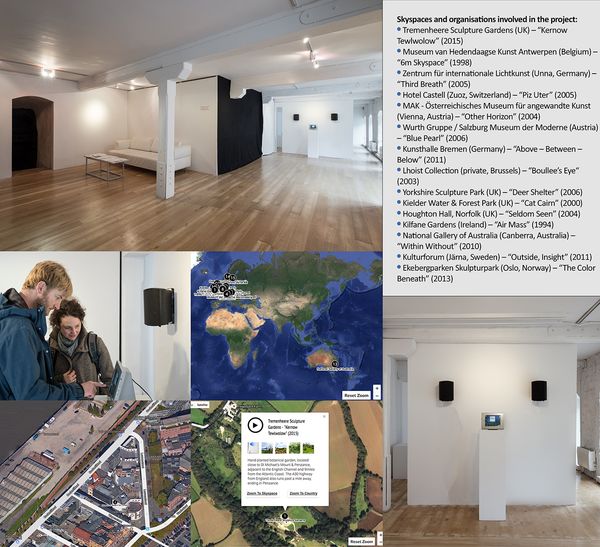Climata Interactive Sound Atlas

[1 of 4 outcomes from Climata project]
Location recordings from 15 Skyspaces,
2 Channel Audio,
Archive Photographs,
Interactive Online Map,
iPad, 2 speakers
2016
Exhibited at Locate Yourself, Wandesford Quay Gallery, Cork, 8 - 30 September 2017
Originally launched online via Deutsche Telekom Electronic Beats Magazine, Dec 2016
In addition to this interactive sound atlas, Climata also had presentation outcomes as a double album, a concert performance and in-situ installation within a Skyspace.
